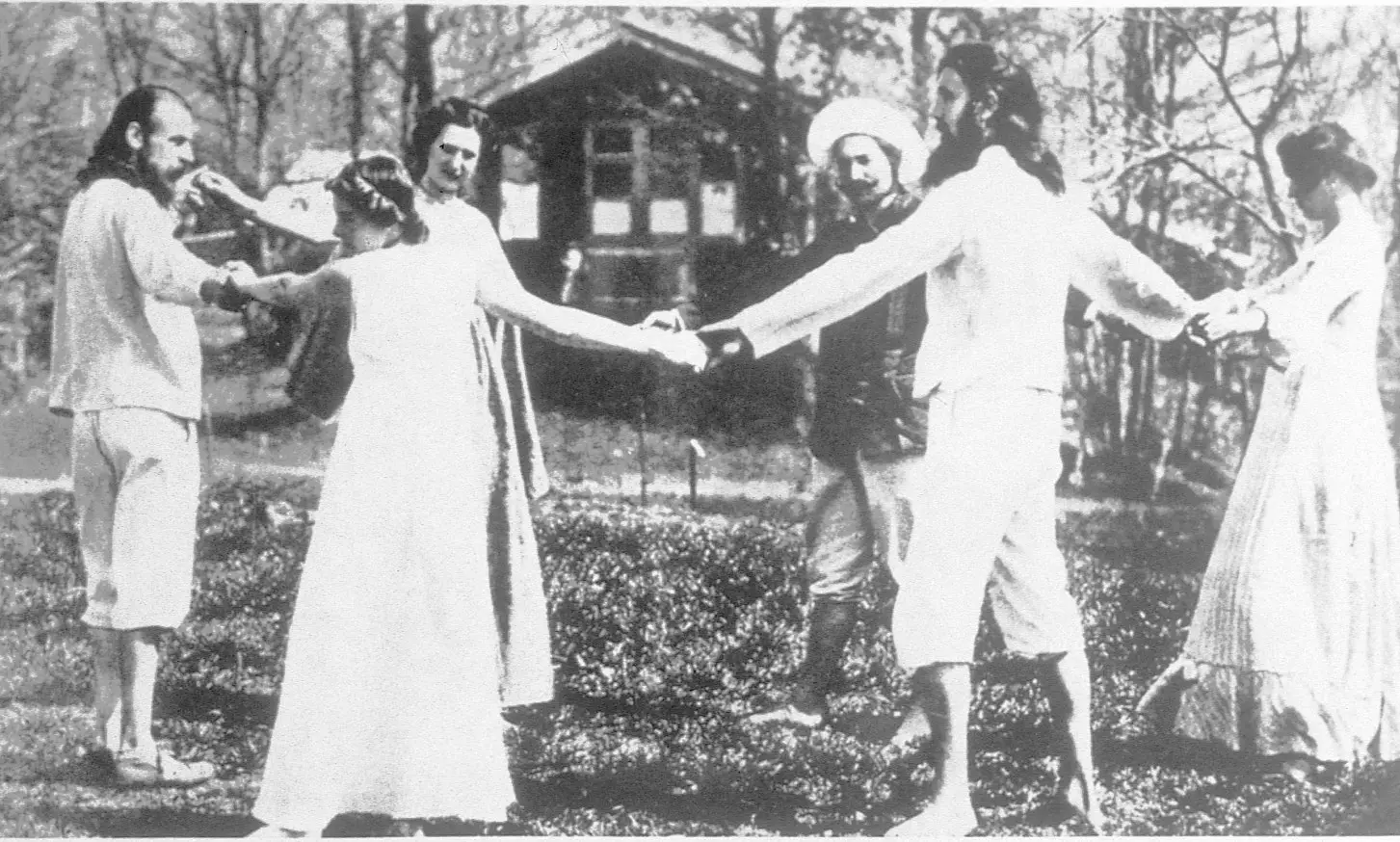
Monte Verità, the prequel to the hippie movement
In 1900 seven men and women went to the Swiss Alps in search of a place where to shape their ideal of coexistence. They found a hill near Ascona, a small town in the canton of Ticino. From its top a wide horizon was dominated the valley and Lake Maggiore.
Among them was Henri Oedenkoven , son of a prosperous Belgian industrialist, and his partner, Ida Hoffmann. They bought the property and gave it the name of Monte Verità: the mount of truth.
This truth did not allude to an absolute concept. He opposed what the founders considered the lie of industrial society. The goal was create a sanatorium to offer nonconformists a chance to knowledge and spiritual development.
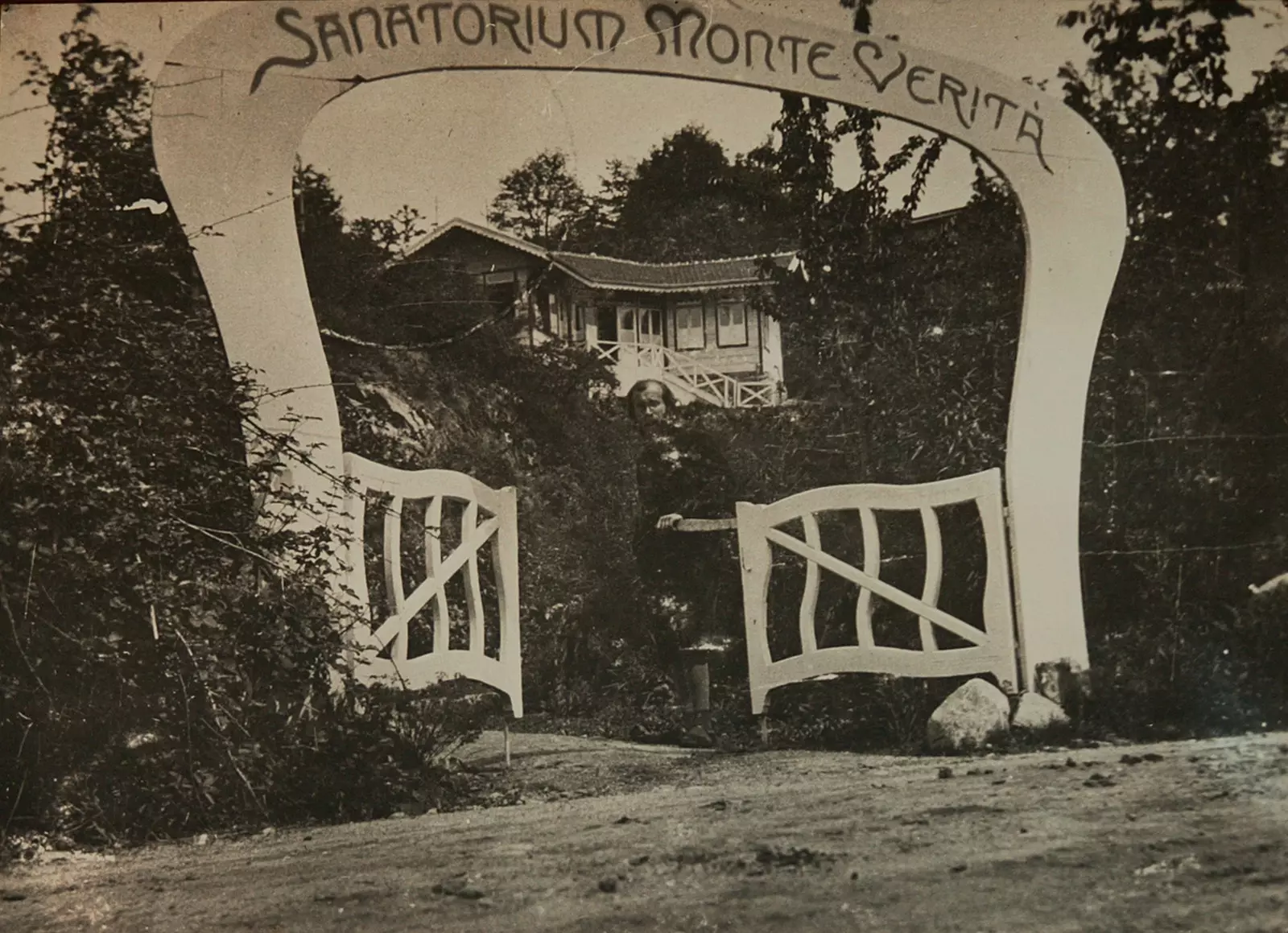
A sanatorium for nonconformists
The vegetarian diet, gender equality and communion with the natural environment were established as the basic principles of the cooperative. Its spirit was inclusive, open to proposals from new members. The routine developed around to nudism, sunbathing, sports, free love, gardening, abstinence from alcohol, manual labor and dancing.
Very diverse currents coexisted in Monte Verità. Anarchists, feminists, socialists, proponents of psychotherapy, and nature mystics they came in search of an idea of freedom.
The men let their hair and beards grow; the women wore white clothes and sandals. In the press they were known as 'barefoot prophets' or 'radish apostles' . The attention, the scandal, was focused on his alleged promiscuity.
I know they built log cabins in which the sun and the mountain air penetrated; he grew up garden cultivation ; a seamstress offered the newcomers clothes that fit the life of the sanatorium; you built yourself n community building in modernist style; on the roof, the sun was worshiped in a nudist key.
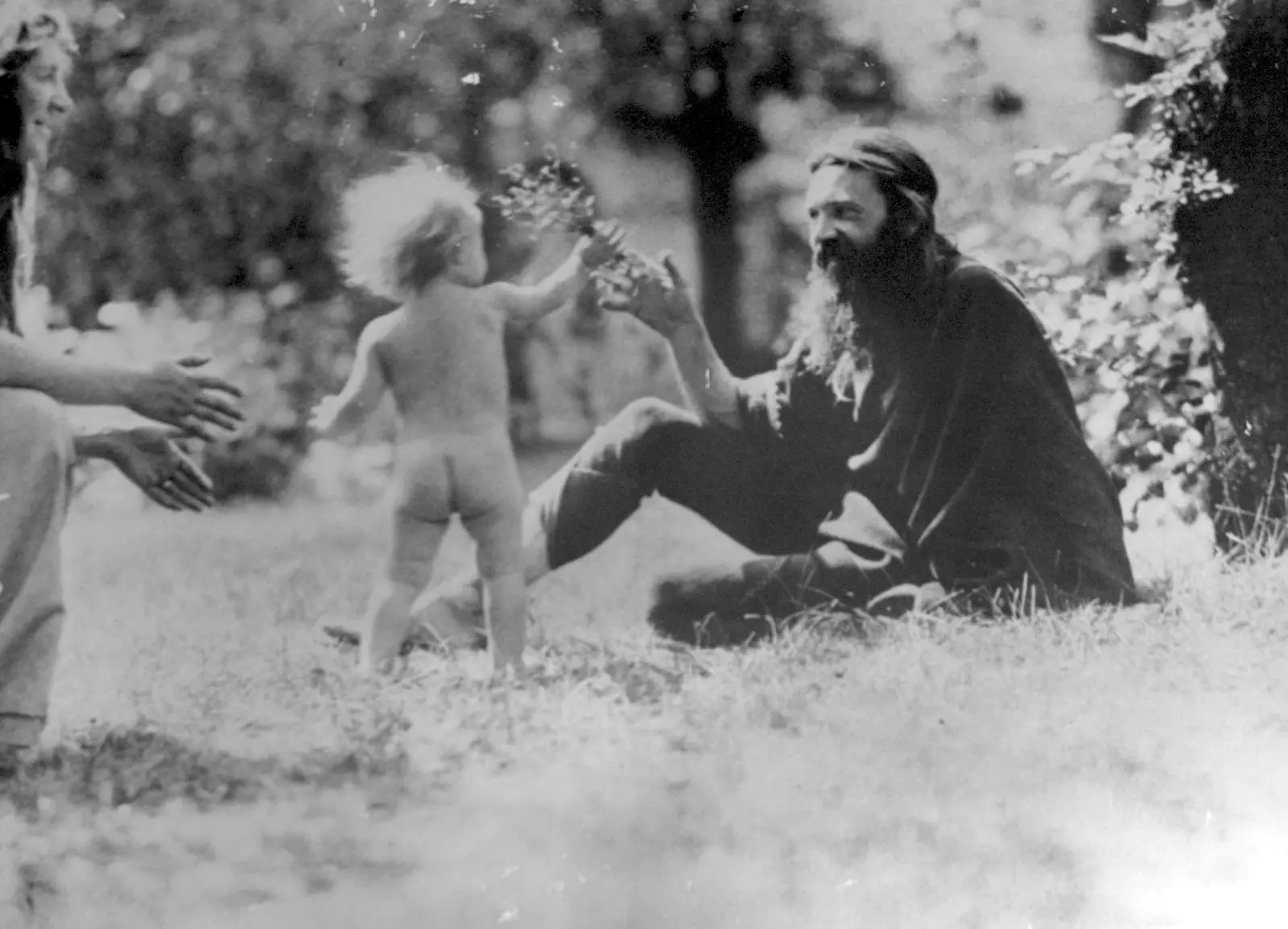
Monte Verità, a hippie haven in the Swiss Alps
A non-formal, natural and expressive dance school was founded in search of liberation through music. The dances were practiced in the mountain fields. The rule, circular dance, in a circle, was the characteristic expression of this non-discipline.
In the 1904 Winter Solstice Celebration, a fir tree was installed in the dining room of the community building. A huge bonfire was lit, the women sang, Ida gave a piano recital, Goethe was read, and the evening ended with a dance.
Famous people flocked. Isadora Duncan, Paul Klee, Dadaist Hugo Ball, Thomas Mann, Franz Kafka, D.H. Lawrence, Trotsky and Freud They ended up in the sanatorium.
Otto Gross, disciple of Freud, he played an essential role in the ideological development of the cooperative. He considered his mission liberate women from patriarchy through body awareness and sexual freedom. The radicalism of his proposals distanced him from the psychoanalytic school, in which Jung took the lead. His fondness for narcotics he was no exception among the members of the sanatorium.
The years of splendor of Monte Verità continued until the start of the First World War. Ida and Henri's authority was maintained despite criticism from anarchists. These they rejected the use of money and gazed skeptically the progressive commercialization of the project. The strict work regimen, with shifts that lasted between 10 and 12 hours, led to the abandonment of many of its members, who were dispersed in the Ticino valley.
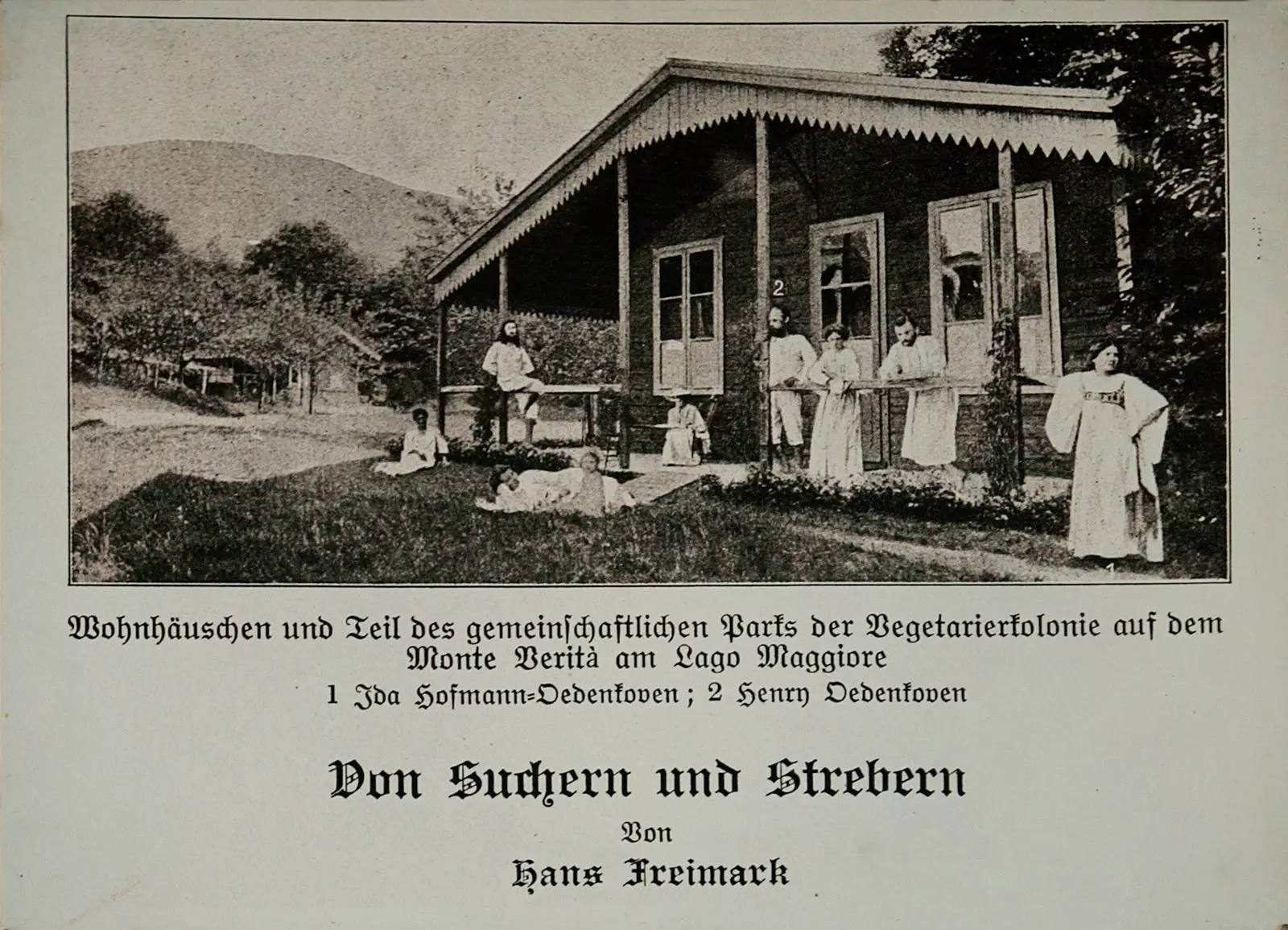
Monte Verità advertisement
In memories of him the anarchist Erich Mühsam states: “From morning to night I chewed apples, plums, figs and nuts. It was horrible. When my vigor faded I protested to the director. This is destroying me, I told him. It may be, he answered, but nothing would be lost with you in any case.”
The testimony reflects the uncontested authority of Henri Oedenkoven. He cannot be considered a guru, but together with Ida he established a management structure that monopolized decision making. His residence, Casa Anatta, had electricity and running water. he held a rustic, alpine luxury that was far from the spirit of the cabin.
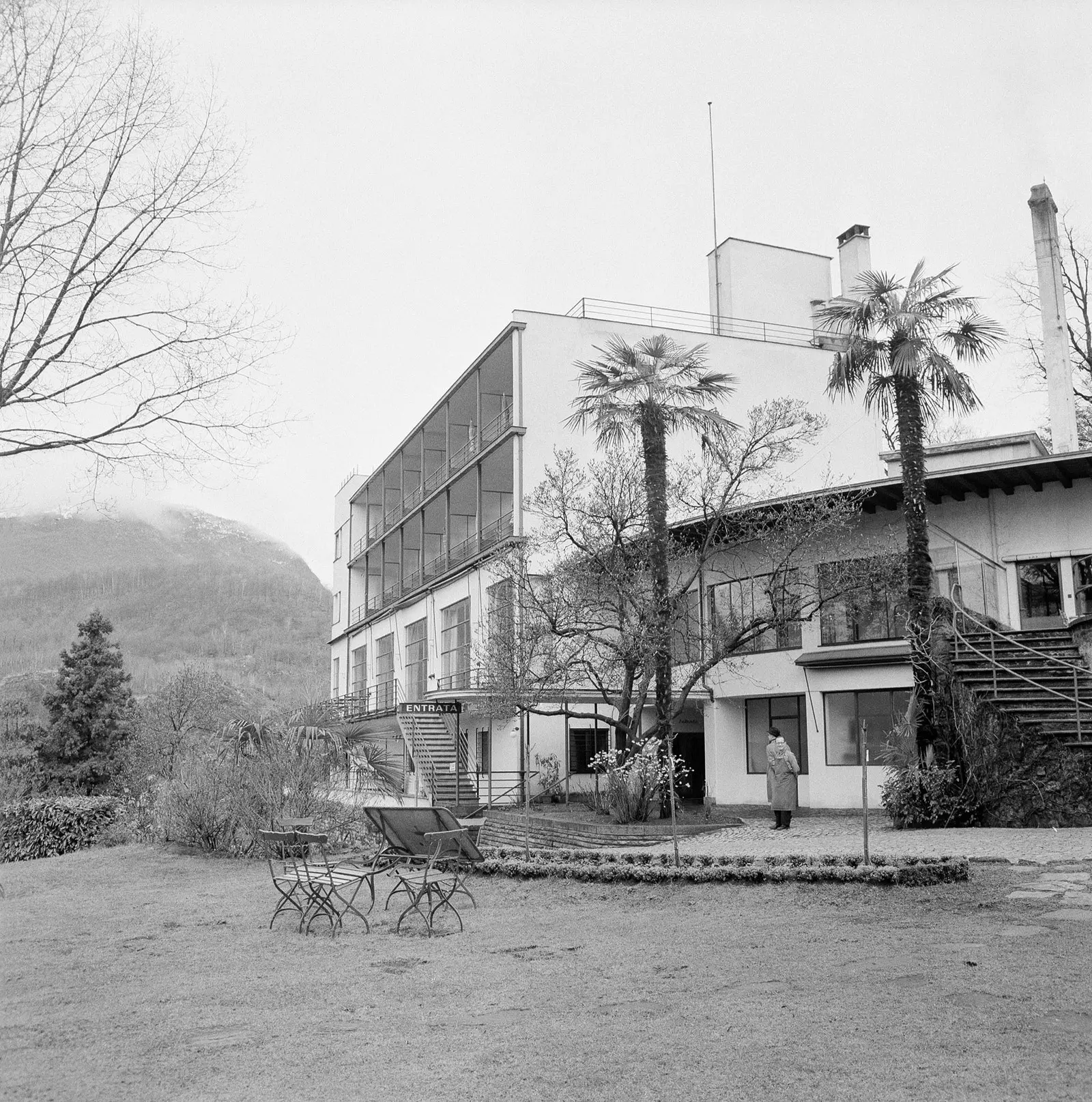
Bauhaus-style hotel built when utopia ended
The truth is that, despite the relaxation of their asceticism, the couple, linked by an open and free relationship, knew maintain the coexistence of currents that were often ideologically incompatible. The eclecticism and lack of coherence that were attributed to them supposed the best binder in Monte Verità.
The ** departure of him in 1920 to Brazil ** and the sale of the property to the banker and collector Edward von Heyt They put an end to utopia.
The modernist building was demolished and in its place Emil Fahrenkamp built a hotel in the style of the Bauhaus. The enclave maintained the attraction of myths. The locarno valley had become instead of refuge for cultural and political dissidents, protected by the Swiss authorities.
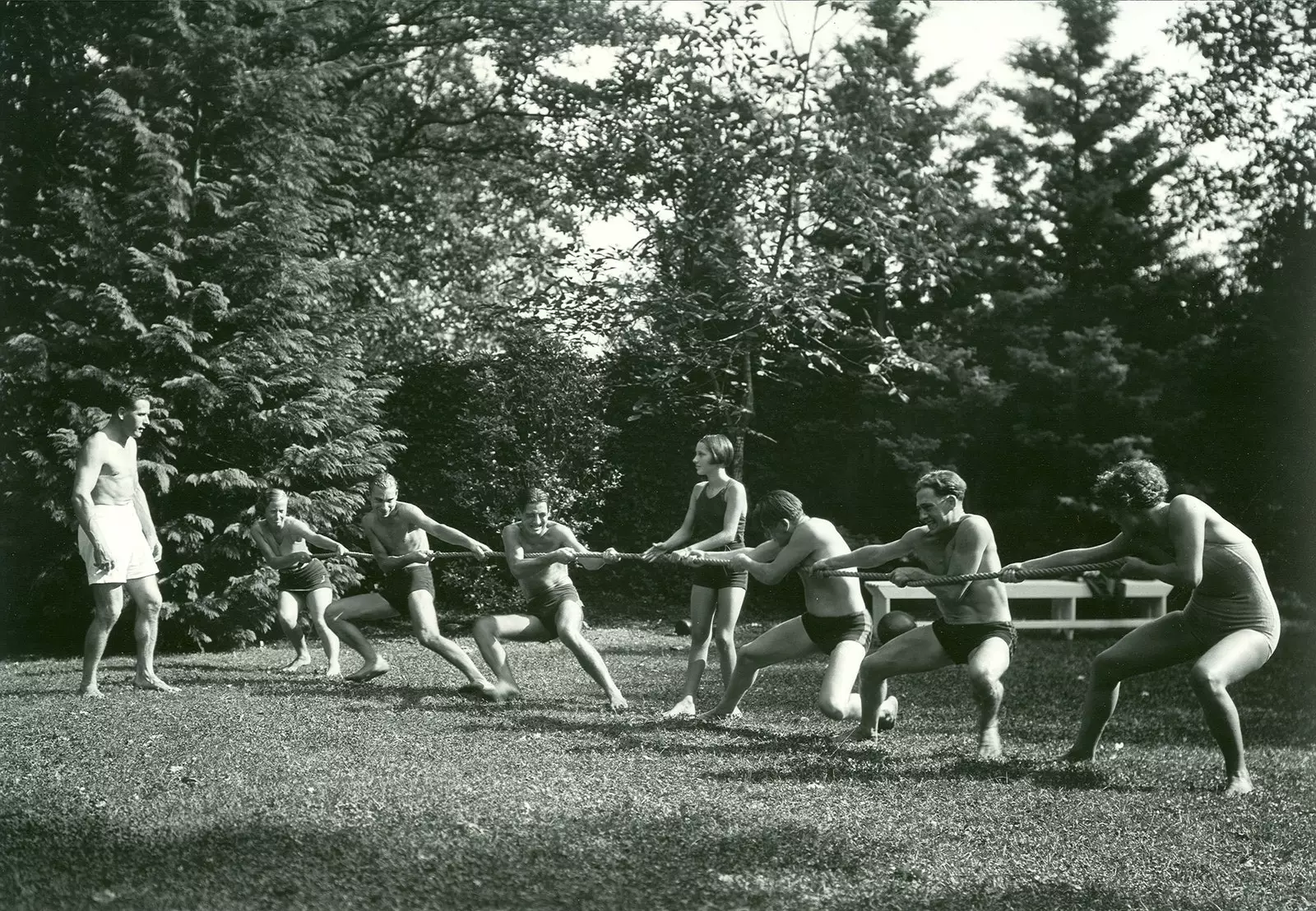
The refuge of cultural and political dissidents
A benevolent microclimate and research on their telluric-magnetic properties they enhanced a spirit of asylum which lasted until World War II.
In the 70s, the Oedenkoven project found an echo in the hippie spirit, that assumed the return to nature, free love, equality and vegetarianism as essential values.
The Monte Verità Foundation today occupies the hotel built in 1920, Casa Anatta and other residences integrated into the old cooperative. the commissioner Harold Szemann , closely linked to the valley, was responsible for proposing the exhibition that traces the history of the hotel-sanatorium. The confluence of failed attempts to regenerate a society on the brink of conflict it is, for him, the essential value of Verità.
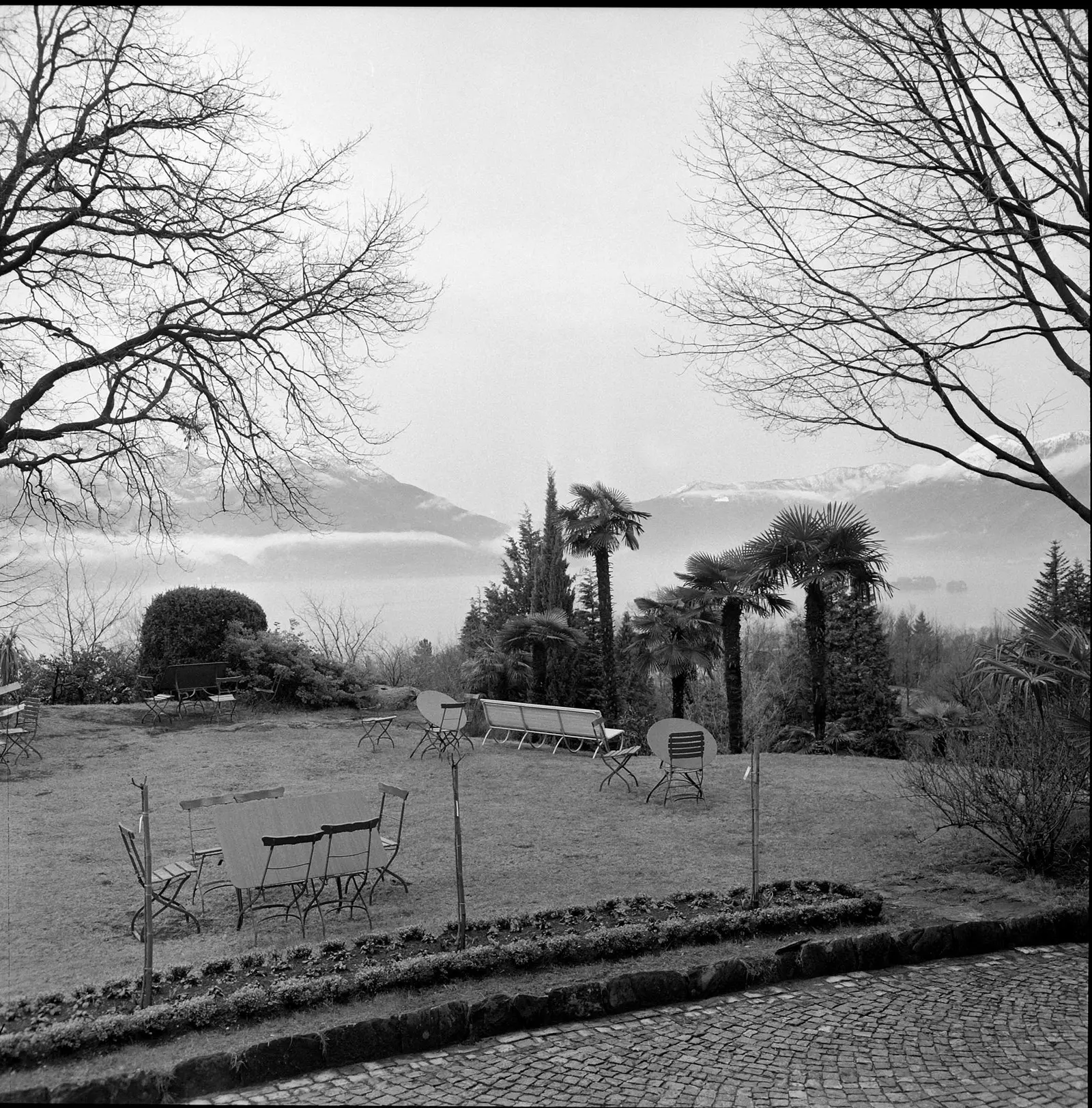
Views from the hotel
